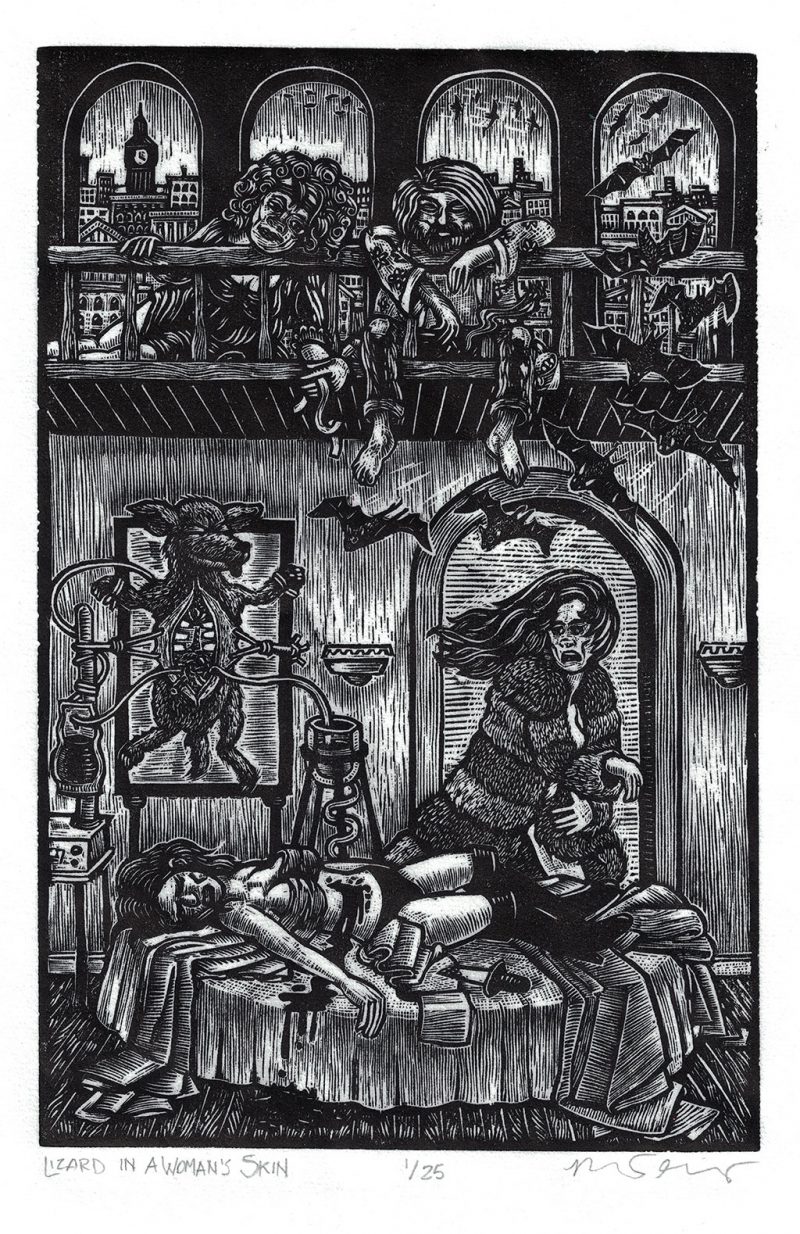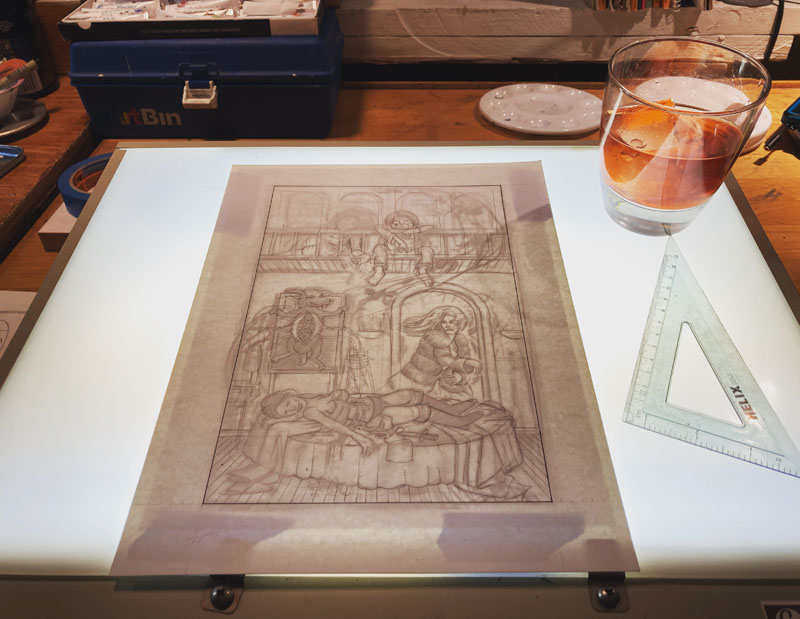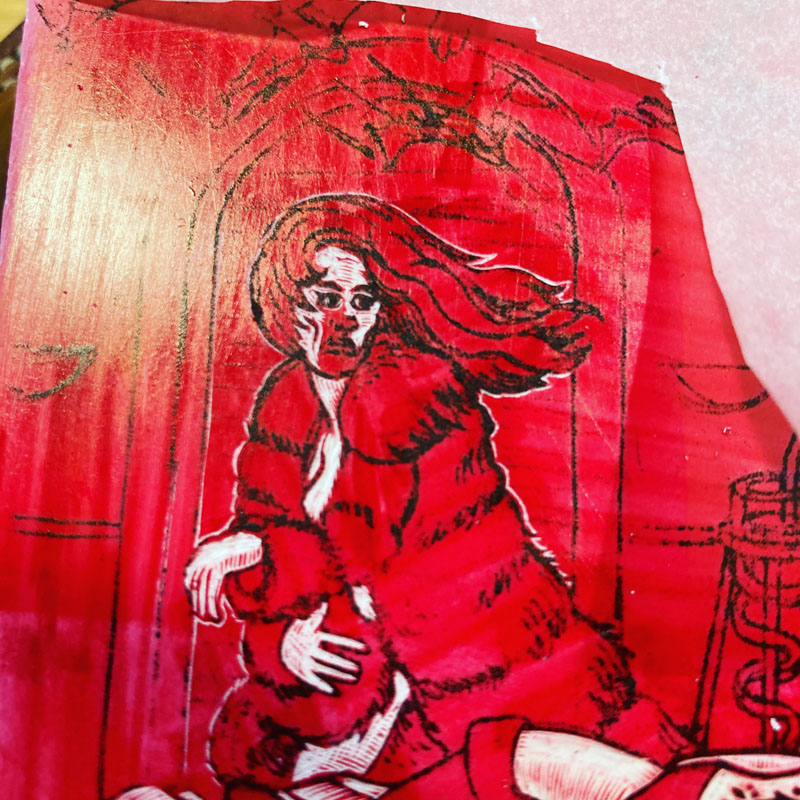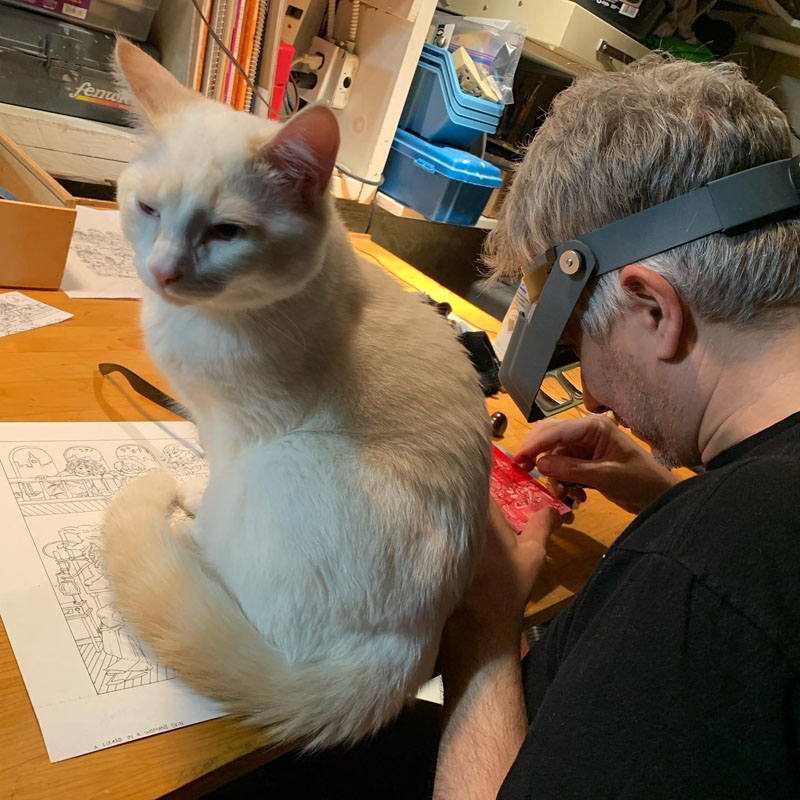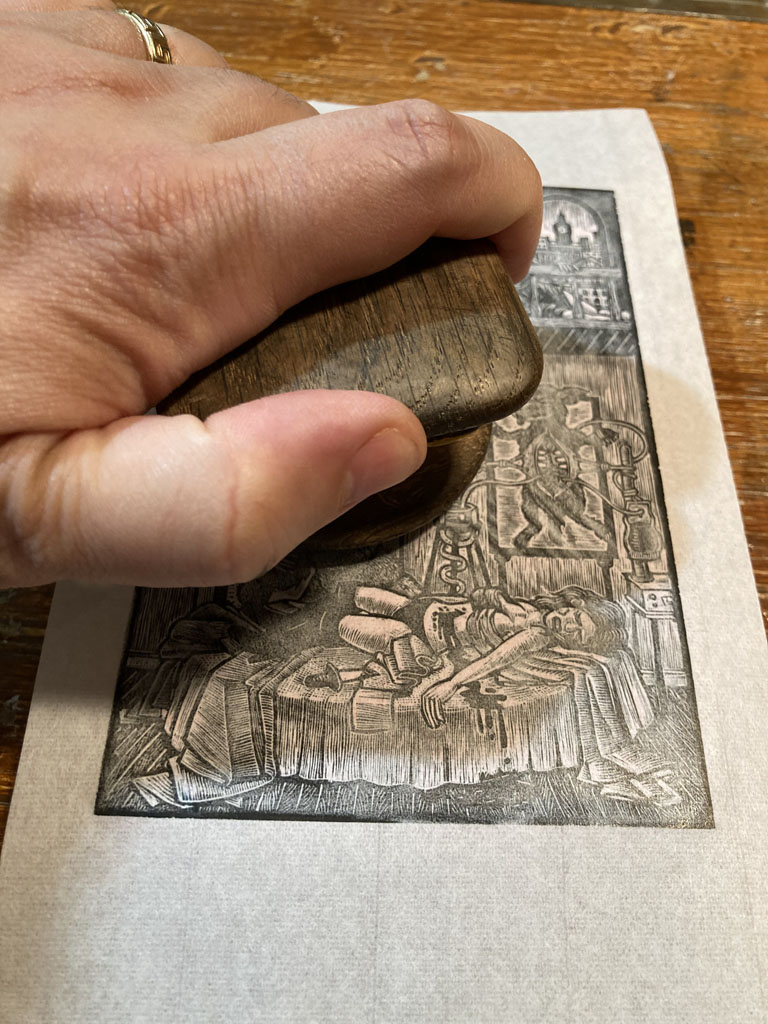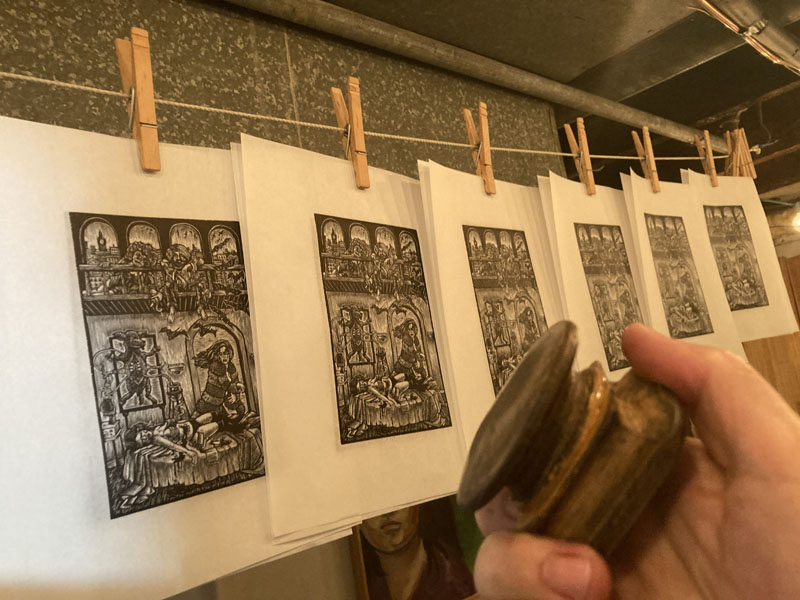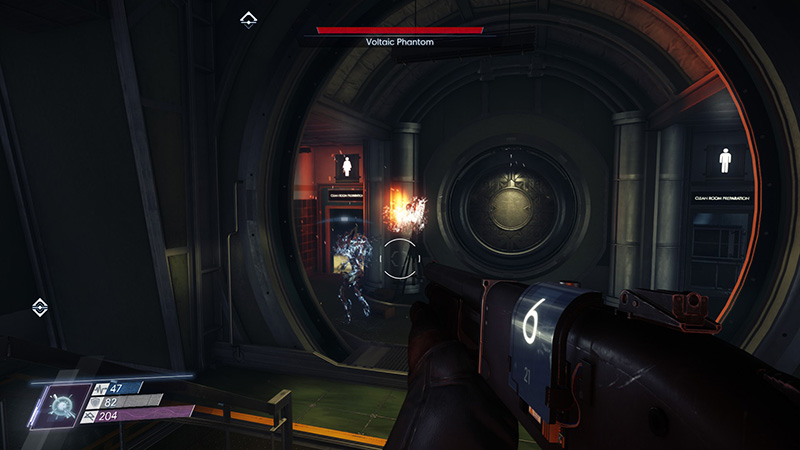
Prey takes a very ambitious approach to game play. There are always multiple paths towards achieving your goals and this goes beyond the standard stealth vs. guns blazing options. You can stack objects to get anywhere within the sizable, open environments. At times, this feels like cheating but there are sections that require it. Also, as an appeal to psychopaths, you can also kill any NPC you meet. I’m not sure if it’s possible to kill your way into an unwinnable state but I wasn’t about to waste my time trying. The problem with all this freedom is that half the time I really didn’t know what I was supposed to be doing. There are tons of special abilities you can unlock but they aren’t really required to do anything so I was never compelled to try any of them out.
The story is just as open as and free flowing as the environments. I found myself inundated with reams of boring backstory and world-building via various NPC e-mails and books. This has become a common story-telling trope that I am seriously sick of. This ain’t Zork and I want to live in this world and not read about it while monsters are cloaked and hidden everywhere. Despite all these attempts at fleshing out the universe, the story feels half-done and never really grabbed me.
Throughout the first half of the game I found myself getting beaten down constantly. Your character is so weak compared to the enemies and there is no proper tutorial explaining how you can use stealth and the objects lying around to your advantage. Maybe I just suck at this game, but I was constantly on the verge of rage quitting every ten minutes or so. I can’t say I completely hated the experience. When I did manage to defeat a particularly tough enemy in an unusual way it was quite satisfying but that wasn’t enough for me to recommend this game.

I have had this on DVD for quite some time now and am re-watching it after noticing I never gave it a proper review here. The big takeaway is that this movie is beautiful. Every frame is composed perfectly and there is a deliberate use of bright red in a corner of every scene. It’s like the whole movie was shot in Twin Peak’s Black Lodge. The visuals are complemented by a laid-back and jazzy score by Manfred Mann. Again the Twin Peaks comparisons apply here as well. The story itself is a bit undercooked, barely coherent, and relies too heavily on James Darren’s “Man, it was a trippy scene, ya dig!” narration to tie it all together. Coherence is not the point here. Just sit back, turn off your brain, and enjoy the mellow dreamscapes.

A short, quick read that goes by even faster because of the blunt writing (or blunt translation as the case may be). A guy’s mother dies, he meets a girl, makes a friend, kills an Arab, is sentenced to die, the end. I guess the point here is that no matter how crazy life is, sit back and appreciate the absurdity of it all and go on living. I don’t know, there’s probably more to it than that but I’m no scholar.

The final Witcher book is a solid conclusion to the series but doesn’t quite stand up to the previous two entries. When it’s focused on one of the main characters it chugs along nicely. Every couple of chapters is a long diversion into background events that are important but draw the reader too far away from the main story. There’s also a series of time/space twists that come off as a bit cheesy and distracting to me. But all-in-all I like the climax and the final twist (which I should have known from the game, but totally forgot).

There are very few books detailing the technical aspects of wood engraving out there. This is about as close to one that I have ever seen. Although it isn’t that in-depth (Moser even says that there really isn’t much to teach, you just need to do it), there are several helpful tidbits that I haven’t read elsewhere including quite a bit on the tools of the engraver and how to print blocks. The whole affair is written in a light-hearted, entertaining style that also serves as a glimpse into the mind of Barry Moser the artist. As one would expect, it is filled with lovely examples of Moser’s work.

I bought this on a whim when I saw the price dropped to $20. Kudos for the completeness and, if all you want is a classical architecture reference book, this book will cover that. But, if you are interested in Piranesi the printmaker and his technique, this is pretty useless. The book is tiny. All the delicate line detail is invisible. The average plate is about the size of a business card with two or three images on each page. Ridiculous.

In the 1960s Fritz Eichenburg illustrated many classics as part of the Heritage Press series of books. This one contains around 17 excellent wood engravings and was worth reading just for that.
This is the first book by Tolstoy I have ever read. I didn’t know what to expect. The translation (Leo Weiner) was very readable and was, with the exception of the ridiculously long Russian names, pretty easy to understand.
Resurrection is about a man who discovers that an innocent girl he seduced a decade ago has been accused of murder. His actions from ten years ago are the trigger that drove her to a life of vice and crime. His mission becomes righting the wrongs of his past. The first book in the novel is fantastic as it follows his efforts to amend his wrongs and save Maslova. The last two books of the novel begin to lose focus on the narrative and concern themselves more with political ideas: the oppression of the poor and mistreatment of prisoners. As thoughtful as this commentary is, it doesn’t make for fun reading. In the end his solution is just to forgive everybody (Jeffery Dahmer would be pleased). At least I now know about Henry George’s Single Tax.

There are hints of The Terminator (the first one) and Robocop in this but it doesn’t quite rise to the level of those movies. The plot is simple and it gets right into the action, skipping (I think very much intentionally) any deep character development or world building. This is all about the finely crafted slow-mo, over-the-top violence. Sure, the Judge is invincible and never misses, but the battles didn’t feel as staged and clean as in John Wick, giving it a bit more tension and keeping me interested until the end.

A group of avant-garde percussionists decide to go rogue and put on the ultimate performance by breaking-in to various places in order to use the sounds of the environments as instruments. By breaking-in we are talking bank heist style, masks and all. A lone, tone-deaf policeman who hates music makes it his quest to stop them. It’s all very humorous and arty and just plain fun to watch but the main plot-point that drives the climax is fantastical and keeps this from being a great movie.
